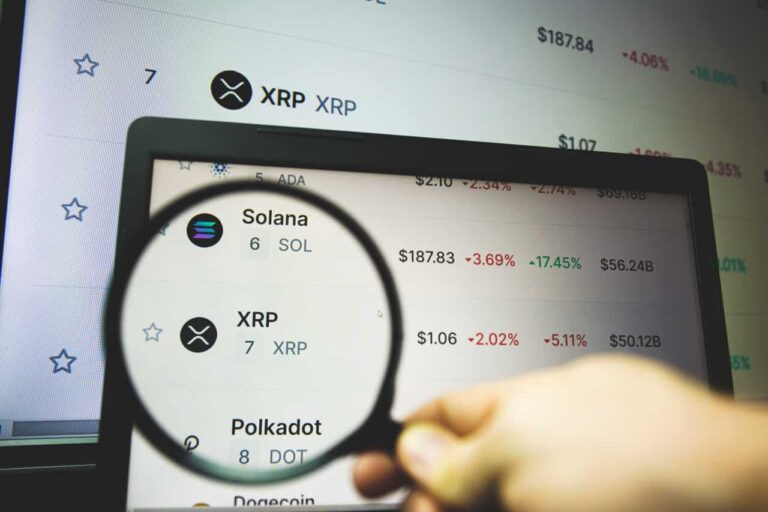
The cryptocurrency world faced another wave of heated discussion after S&P Global Ratings recently downgraded Tether’s USDT stablecoin from a ‘constrained’ rating to a ‘weak’ rating. The downgrade cited Tether’s growing exposure to ‘high-risk’ assets such as Bitcoin (BTC) and gold, alongside limited transparency in its reserves.
Why S&P Global Downgraded USDT
S&P Global’s decision was influenced by the increasing proportion of Tether’s reserves reportedly allocated to high-risk investments. These investments include Bitcoin, gold, secured loans, and corporate bonds. The agency highlighted concerns around limited disclosures, alongside risks tied to interest rates, market fluctuations, and foreign exchanges. It implied that in the event of significant market volatility, USDT might face challenges maintaining its peg to the US dollar.
According to S&P, greater transparency in Tether’s financial disclosures and a reduction in its risk exposure could lead to an improved rating in the future. However, this has not stopped ongoing debates around the reserve strategies deployed by the issuer.
Tether CEO’s Fierce Response
Tether CEO Paolo Ardoino lambasted the downgrade, branding it as a politically motivated attack rather than a fair assessment of Tether’s reserve strategy. Ardoino specifically defended the company’s allocation to Bitcoin and gold, calling these moves a deliberate attempt to challenge a “broken system.” In his own words:
“We wear your loathing with pride. Tether is living proof that the traditional financial system is so broken that it’s becoming feared by the emperors with no clothes.”
Ardoino also argued that the downgrade was rooted in resentment towards Tether’s success in exposing the weaknesses of conventional financial systems that rely on ‘toxic’ reserve assets. For context, Tether recently made a substantial pivot towards gold and BTC as backing assets, underscoring its belief in alternative stores of value over fiat-backed assets.
The Bigger Picture of Tether’s Strategy
Tether—the world’s largest stablecoin issuer—continues to expand aggressively, boasting a market supply of $184 billion for its flagship USDT product, an increase of $44 billion over the past year. Its strategic reserves now consist of 77% in short-term Treasury bills and cash-equivalent assets, while the remaining percentage includes Bitcoin, gold, and secured lending positions.
The move towards assets like Bitcoin and gold aligns with Tether’s long-term strategy of diversifying its portfolio to include alternative assets outside the traditional banking framework. Notably, the firm became the largest independent purchaser of gold in the third quarter of this year, outpacing several central banks globally. Tether’s ambitions further extend into infrastructure, artificial intelligence, and energy ventures, signaling a broader vision for future growth.
Key Takeaways for Investors
The ongoing scrutiny around USDT highlights a broader conversation about the stability and transparency of stablecoins. While Tether’s detractors point towards the risks in its reserve strategy, its defenders argue that the traditional financial system’s inadequacies make such alternative approaches increasingly necessary.
For those navigating the crypto markets, thoroughly understanding the reserve policies of stablecoin issuers is becoming an essential step in evaluating risk exposure. Regardless of differing opinions on Tether’s strategy, one cannot ignore its significant role in transforming the crypto ecosystem.
Related Product: Secure Crypto Storage
If you are diversifying into cryptocurrency investments, using secure cold storage devices like the Ledger Nano X is highly recommended. The Ledger Nano X provides a safe and robust way to store your digital assets offline, protecting them from potential hacks or breaches in online platforms.



